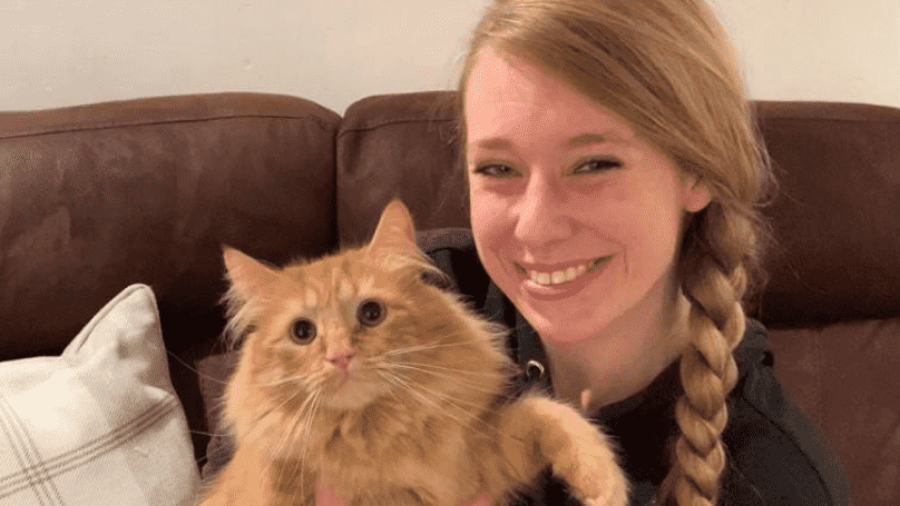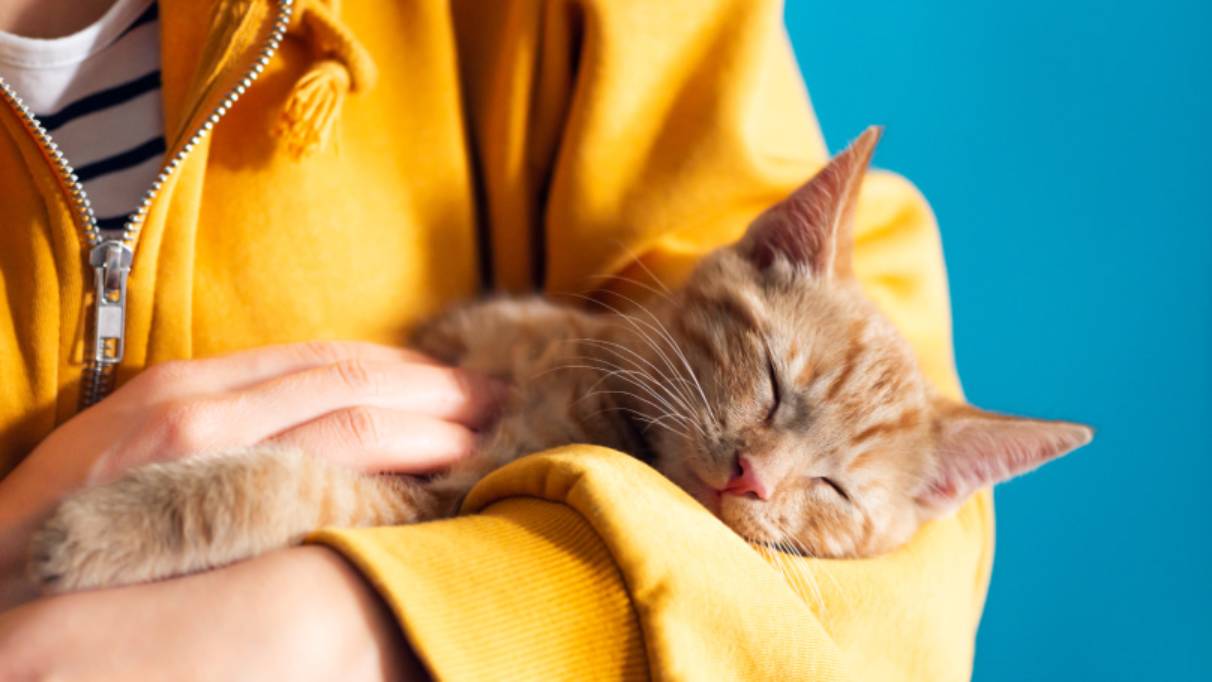Average life expectancy of popular cat breeds
| Breed |
Average lifespan |
|
Burmese
|
14.4 years
|
|
Birman
|
14.4 years
|
|
Crossbreed
|
11.9 years
|
|
Siamese
|
11.7 years
|
|
Persian
|
10.9 years
|
|
Ragdoll
|
10.3 years
|
|
Norwegian forest
|
10 years
|
|
Maine coon
|
9.7 years
|
|
Russian
|
9.7 years
|
|
British
|
9.6 years
|
|
Bengal
|
8.5 years
|
|
Sphynx
|
6.7 years
|
Source: Journal of Feline Medicine and Surgery, 2024
How long do rabbits live for?
Rabbits have a much shorter lifespan than either dogs or cats yet are one of the most popular pets to keep in the UK. The VetCompass study by the RVC found male rabbits tend to live longer, at 5.2 years on average, compared with 3.7 years for females.
However, some rabbit varieties can live well into double figures. Dwarf and lop ear rabbits have a longer life expectancy over giant breeds, extending up to 14 years for miniature lops.
It can be difficult to tell if your rabbit is unwell. As a prey species, rabbits can easily disguise outward signs of illness. The RVC’s VetCompass infographic is a handy quick reference of issues for any owners who think their pet may be poorly.
Average life expectancy of popular rabbit breeds
| Breed |
Average lifespan |
| Miniature lop |
7 – 14 years |
| Netherland dwarf |
8 – 12 years |
| American rabbit |
8 – 12 years |
| French angora |
7 – 12 years |
| Holland lop |
7 –10 years |
| Miniature rex |
7 – 9 years |
| Lionhead |
7 – 9 years |
| English spot |
5 – 9 years |
| Rex |
5 – 9 years |
| Dutch rabbit |
5 – 8 years |
| English lop |
5 – 8 years |
| Flemish giant |
5 – 8 years |
Source: Pets Love to Know, 2022
How to help your pet live for longer
Keeping your pets fighting fit with regular check-ups at the vet, and a healthy diet and lifestyle can help extend their life expectancy.
Excess weight in domesticated animals can reduce their lifespan. Taking your dog for a walk and using activity toys for cats and rabbits can help to keep the extra pounds off.
It’s also a good idea to take out pet insurance as soon as you get a new pet, whether bought from a breeder or adopted from a rescue centre. Insurance can help to cover medical and veterinary costs as your pet ages. It can also provide cover in the event of theft, straying and locating your lost animal, or having to cancel a holiday to be back home if your pet needs you.

Vet Anna Foreman with her cat, Spud (Image courtesy Anna Foreman)
Health concerns in popular pets
As a nation of animal lovers, we care deeply about our pets. What are the main health issues to look out for as our pets age?
We talked to Anna Foreman (pictured), a small mammal vet based in Cambridgeshire. We asked her which common health issues to look out for in our dogs, cats and rabbits.
“Arthritis is a condition that affects all three types of animal, but is subtly different in each species”, says Anna. “I certainly see many more cases in dogs than I did a few years ago. It’s because the lifespan of dogs is so much longer now as they are better looked after, and excellent healthcare is available for them.”
Arthritis is also a concern in cats, but as Anna tells us, it can be much more difficult to spot. “Arthritis in cats is more subtle, and be much harder to pick up on, as we don’t exercise our cats in the same way as we walk our dogs. Signs to look out for are less jumping up to higher surfaces, walking with a stilted gait, overgrooming of their rear end, or matted fur and dirty ears where they are unable to easily reach to groom.”
And it’s an increasingly common condition in our pet rabbits, too. “People are much more aware of good rabbit husbandry, so we’re now seeing rabbits live to between eight and 10 years old,” says Anna. “It can make it very difficult for rabbits to groom themselves effectively, leaving them vulnerable to horrible conditions such as flystrike.”
Other health issues to be aware of
What other issues should we be looking out for in our pets? As Anna tells us, the list can increase with age. “In dogs, skin allergies are common, and endocrine disorders like diabetes. I also see lots of gastrointestinal problems – dogs happily eat whatever they want, even when it’s not good for them, and then invariably end up at the vets.”
As for cats, “they can suffer from chronic kidney disease, diabetes and an overactive thyroid. I see these conditions regularly in older cats. Signs to keep an eye out for include drinking much more water and losing weight.”
In rabbits, dental disorders are one of the easiest conditions to spot. “One of the most common issues is something called malocclusions, where the teeth misalign. This can be addressed by improving your rabbit’s diet. A vet will be able to give you the best advice here. Other conditions to be aware of in rabbits include bacterial respiratory diseases and urinary issues, particularly bladder stones.”
How to keep your pets healthy and happy
What advice does Anna have to help keep our pets in tip-top condition throughout their lives? “Make sure your animal has all vaccinations available to it, and where applicable, is also microchipped. That way, if they go missing or are hurt in an accident, a vet will be able to reach you quickly. I also think annual check-ups are a good idea, and of course, always seek medical advice sooner rather than later if you have any concerns about your pet’s health.”
She’s also an advocate of pet insurance, whether you animal is young or a bit more mature. “Insurance can help with the big one-off costs, such as if your pet is injured in an accident. But what people don’t tend to consider are the costs of lifelong ongoing conditions like skin allergies, arthritis and diabetes. Insurance can really help pay for things that may not cost much each month but can last for the animal’s whole life.”
You can read more from Anna on pet health conditions, and why pet insurance can make all the difference, in our article on why it’s important to insure your pet.
Key takeaways
• Contact your vet if you think your pet is poorly
• Make sure your pet’s vaccinations are up to date
• Keep your pet’s weight at a healthy level
• Ensure you pet has plenty of exercise and stimuli
• Take out pet insurance as soon as possible after you get new pet

